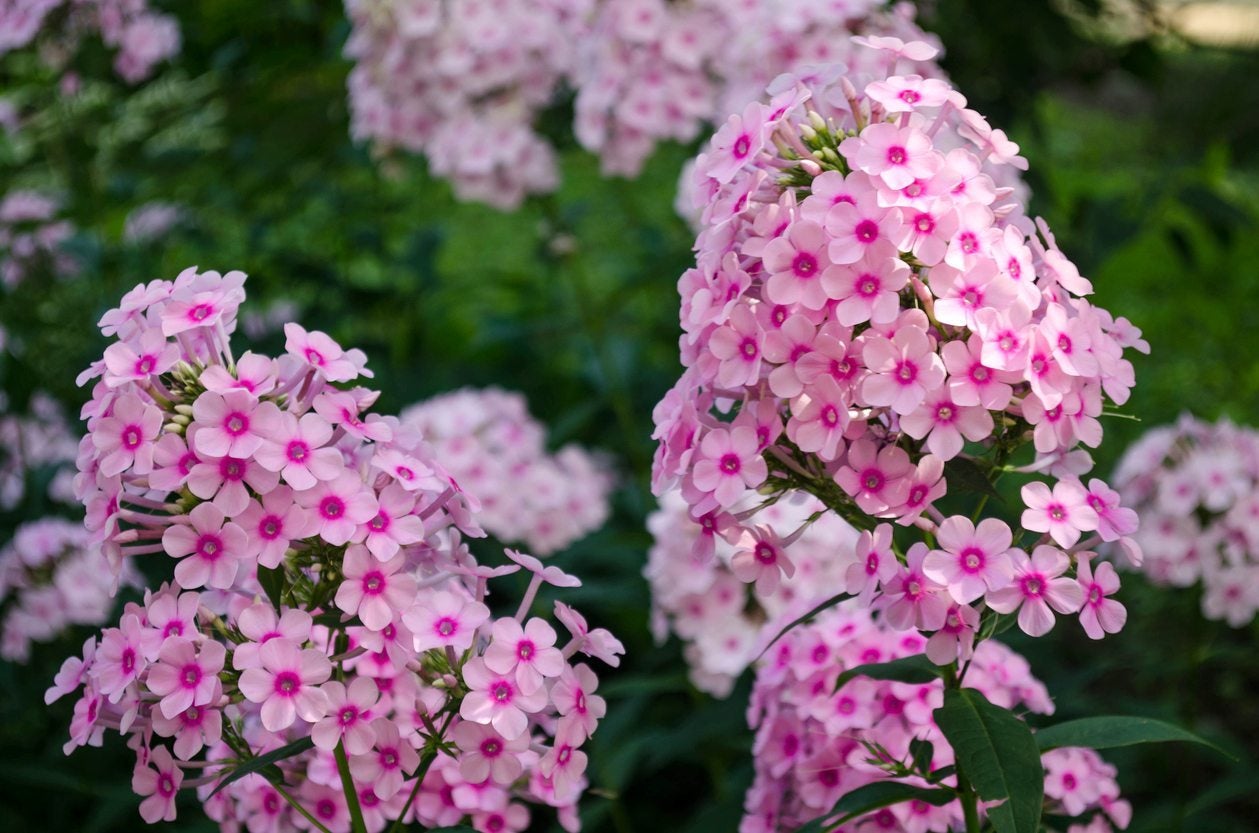Dividing Phlox Plants – Learn How To Divide Phlox In The Garden


With long lasting, reblooming flowers in a variety of colors that attract butterflies, hummingbirds, and other pollinators, garden phlox has long been a favorite garden plant. However, if after a few years your phlox plants fail to bloom as magnificently as they once did, this may be a sign that they need to be divided. Read more to learn how to divide phlox plants.
Dividing Phlox Plants
Perennials, like phlox, need dividing every few years for many reasons – to keep them in control, to rejuvenate them, or just to create more plants for other garden spots. So, how do you know when to divide phlox plants? As a general rule, phlox plant division can be done every two to four years in spring or fall. When phlox plants start producing fewer or no blooms, it may be time to divide them. Likewise, if the foliage becomes sparse, it is probably time for dividing phlox. Another sure sign that perennials need to be divided is when they begin to grow in a donut shape, growing circularly around a dead patch in the middle. Splitting phlox plants can be done in spring or fall, but should never be done on hot, sunny days. When dividing phlox in spring, it should be done just as the new shoots appear. If you're splitting phlox plants in fall, be sure to do so at least four to six weeks before the first expected frost date for your location, and mulch the divided plants well before winter sets in.
How to Divide Phlox Plants
A little preparation is required before dividing phlox plants. About 24 hours before phlox plant division, water the plants deeply and thoroughly. You should also prepare the site for the divisions, loosen up the soil, and add any required amendments. Phlox plant divisions should be planted immediately, but they can be planted in pots with potting mix temporarily to give to friends and neighbors. To divide phlox, cut around the root ball with a sharp spade, then gently lift the plant out from the ground. Remove excess dirt from the roots. Separate the roots into sections with three or more shoots and adequate roots with a sharp, clean knife. Plant these new divisions immediately and water them thoroughly. Watering with a rooting fertilizer can help reduce stress for the plants and encourage quick rooting.
Sign up for the Gardening Know How newsletter today and receive a free copy of our e-book "How to Grow Delicious Tomatoes".

Darcy is a former contributor to Gardening Know How. She is a professional landscape designer and gardening writer with experience in plant sales. An avid gardener, Darcy has a passion for sharing practical tips to help others grow.